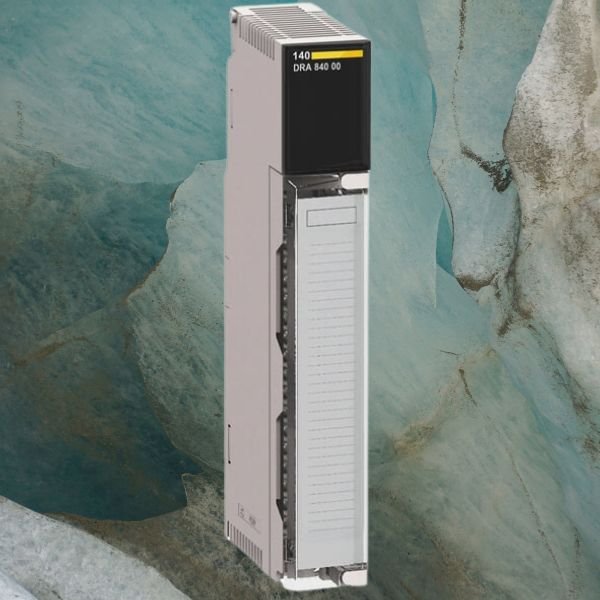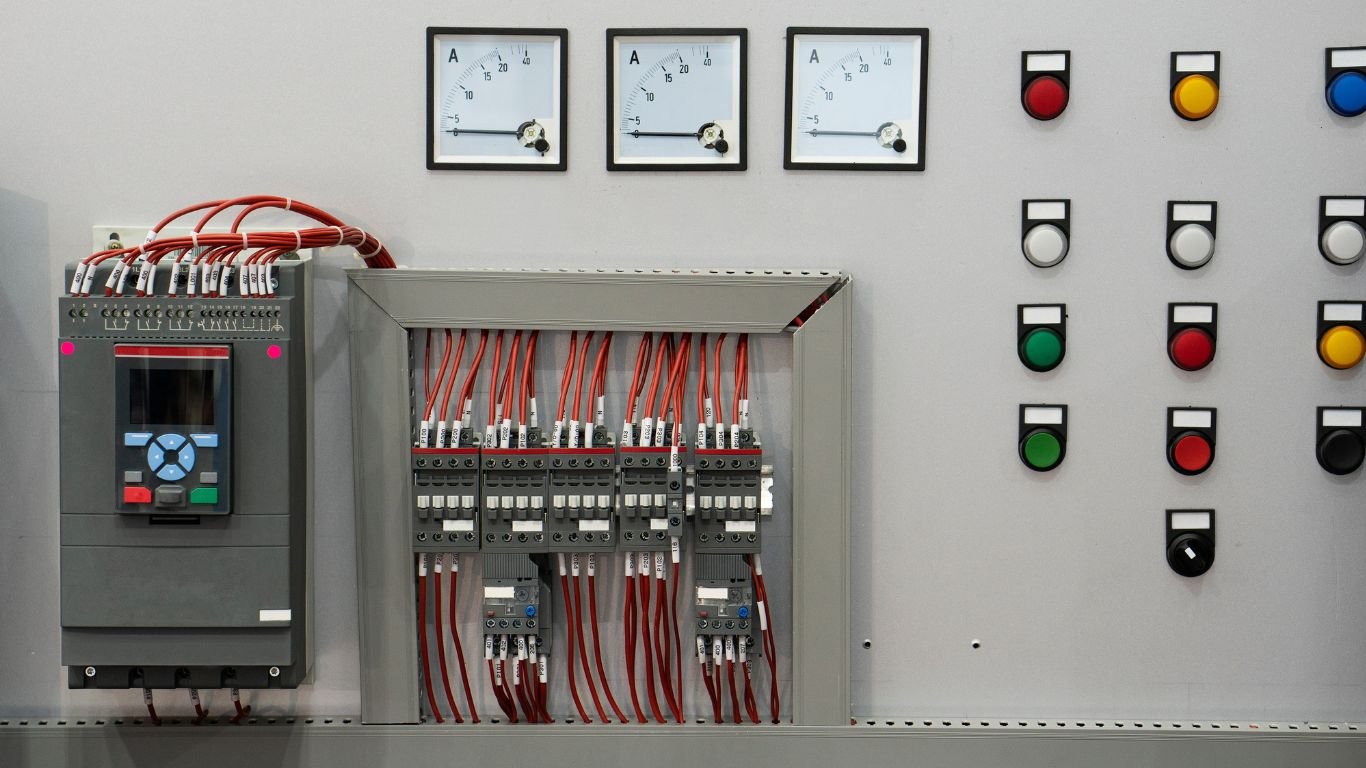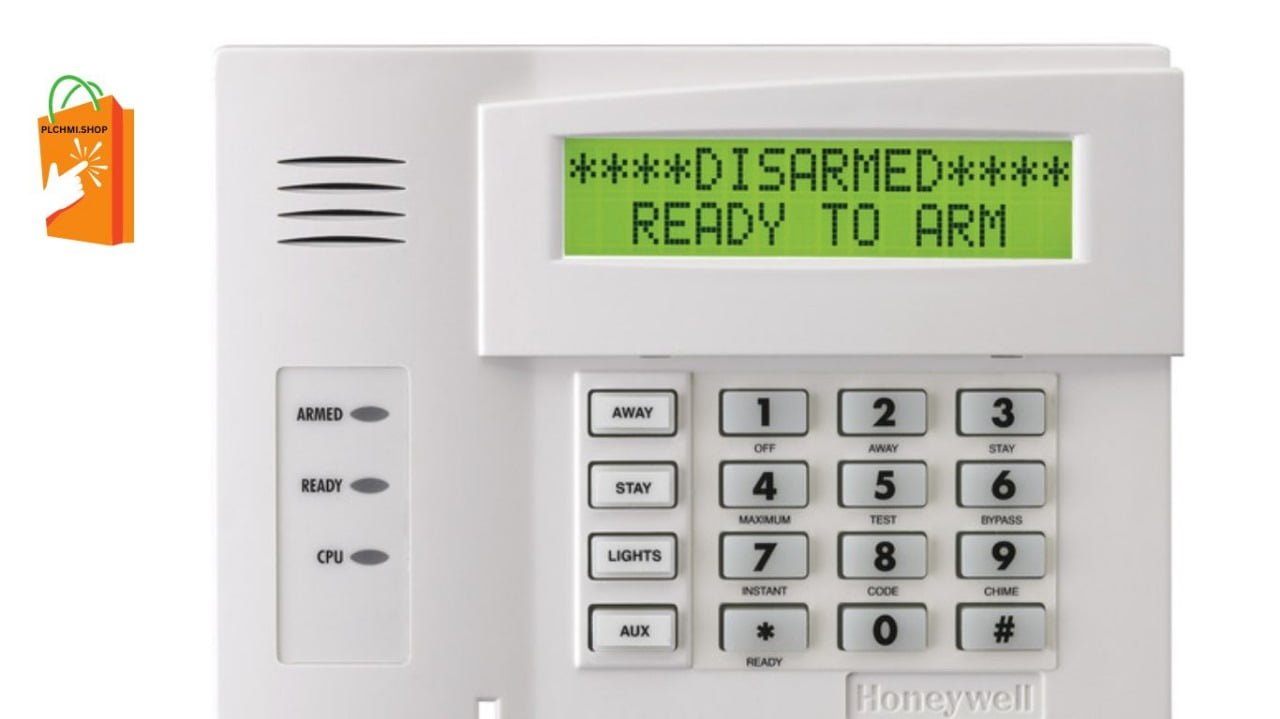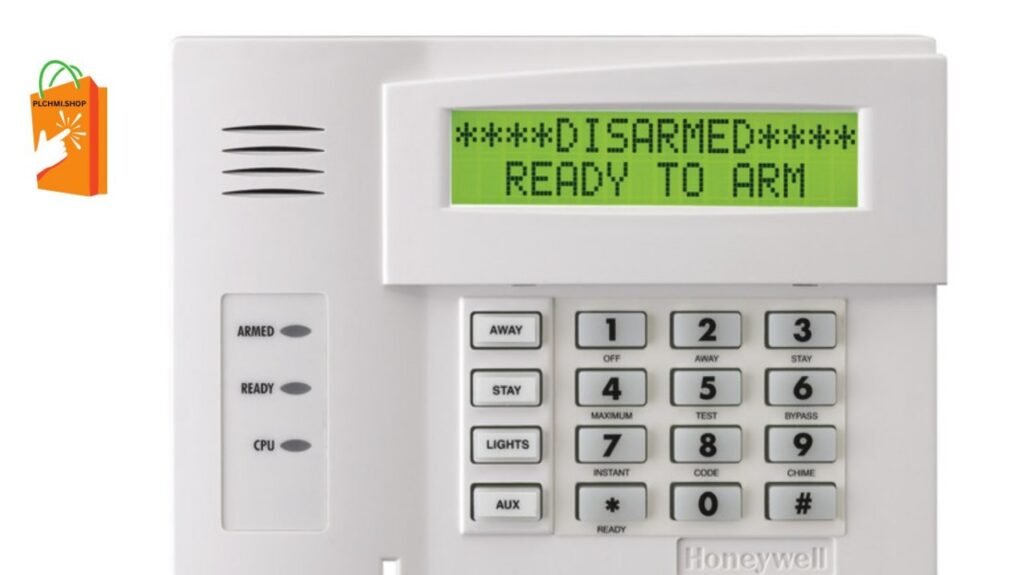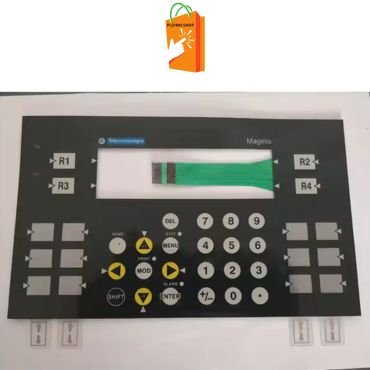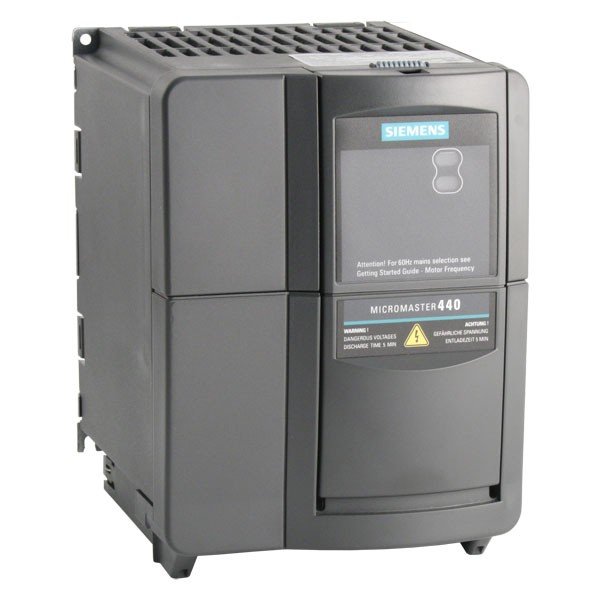Introduction
In the dynamic landscape of industrial automation, effective communication and control between devices are essential for operational success. Schneider Electric has developed a range of communication modules and digital output devices that help optimize industrial processes. This article explores ten key Schneider Electric products, offering a detailed analysis of their features, benefits, and uses in automation systems. It includes a comparison table to highlight the differences, helping you choose the best solution for your specific needs. This blog provides much more details on Comparison of Networking and Output Modules.
Understanding Schneider Electric’s Modules
The products we’ll explore are categorized into three main groups:
- Networking Modules – These facilitate communication between devices and systems.
- Digital Input/Output Modules – These control and monitor the input/output functions of different automation systems.
- Communication Adaptors – These connect various components in distributed control systems, ensuring seamless data transfer.
1. 140NOC78000 – Quantum Ethernet Network Module
The 140NOC78000 is a cutting-edge Ethernet communication module designed to integrate seamlessly into Modicon Quantum PLC systems. Its role in industrial automation includes enabling high-speed data exchange between various devices and supporting a wide range of communication protocols such as Modbus TCP/IP. This module excels in environments where real-time data processing and high-performance communication are critical.
Key Features:
- Data Rate: Up to 100 Mbps
- Protocols: Modbus TCP/IP, EtherNet/IP
- Network Integration: Supports Ethernet-based communication networks, ensuring fast and reliable data exchange.
- Application: Used in high-demand automation environments like manufacturing, utilities, and energy industries.
Discover more about the 140NOC78000.
2. 140NRP31200 & 140NRP31201 – Remote I/O Network Adaptors
The 140NRP31200 and 140NRP31201 are essential for managing distributed control systems by enabling communication between remote I/O devices and the main control system. These adaptors are vital in large industrial setups where components are spread across multiple locations but must be synchronized for efficient operations. They ensure minimal data loss and high-speed communication.
Key Features:
- Compatibility: Compatible with Modicon Quantum and other Schneider systems.
- Long-distance Communication: Enables reliable and fast data transmission over large distances.
- Redundancy: Supports redundant setups to avoid system failures.
Check out the 140NRP31200 and 140NRP31201.
3. 140CRA21210 & 140CRA21120 – Quantum Communication Adaptors
The 140CRA21210 and 140CRA21120 are communication adaptors that support multiple network protocols, ensuring smooth integration within a variety of automation environments. These adaptors allow for secure and flexible data transmission between control units in distributed automation systems. Whether you’re managing energy systems or handling complex manufacturing setups, these adaptors provide high reliability.
Key Features:
- Network Protocol Support: Modbus Plus, FIPIO, and others.
- Ease of Integration: Works with a wide range of Schneider Electric systems.
- Security: Advanced encryption and data integrity features ensure secure communication.
Find out more about the 140CRA21210 and 140CRA21120.
4. 140DDO88500 – 32-Channel Digital Output Module
The 140DDO88500 is a 32-channel digital output module, ideal for controlling high-density outputs in automation systems. Its design allows industries to manage multiple control outputs, including motors, actuators, and alarms, simultaneously. This module is perfect for environments where scalability and cost-efficiency are key priorities.
Key Features:
- Channels: 32 digital output channels.
- Voltage Rating: 24V DC.
- Applications: Suitable for industries like manufacturing, process control, and utilities.
Learn more about the 140DDO88500.
5. 140DDO36400 – 16-Channel Digital Output Module
The 140DDO36400 is a medium-range digital output module offering 16 channels, making it suitable for smaller automation systems that still require reliable and precise control. It operates efficiently in systems that manage medium-sized actuators, motors, and other digital outputs.
Key Features:
- Channels: 16 digital output channels.
- Voltage Rating: 24V DC.
- Efficiency: Optimized for systems with moderate output control requirements.
Discover the 140DDO36400.
6. 140DDM39000 – Digital Input Module
The 140DDM39000 is a digital input module designed for industrial automation systems requiring reliable and high-speed data inputs. It supports a wide range of input signals, ensuring compatibility with different sensors and automation components.
Key Features:
- Channels: Multiple input channels for simultaneous data gathering.
- Signal Support: Compatible with a variety of industrial signal types.
- Durability: Built for harsh industrial environments.
Explore more about the 140DDM39000.
7. 140DDO15310 & 140DDO35310 – 16-Channel Digital Output Modules
The 140DDO15310 and 140DDO35310 are digital output modules designed to offer precise control over automation systems with 16 channels each. These modules are engineered for environments requiring high-speed, reliable output control and are optimized for performance in energy-intensive and high-demand industries.
Key Features:
- Channels: 16 output channels.
- Performance: High-speed operation with low latency.
- Applications: Designed for energy systems, manufacturing automation, and process control.
Find out more about the 140DDO15310 and 140DDO35310.
Comparison Table
| Product | Type | Channels | Voltage Rating | Protocol Support | Application |
|---|---|---|---|---|---|
| 140NOC78000 | Ethernet Network Module | – | – | Modbus TCP/IP, EtherNet/IP | High-speed communication in large automation systems |
| 140NRP31200 | Remote I/O Network Adaptor | – | – | Modbus, EtherNet | Long-distance communication for distributed systems |
| 140NRP31201 | Remote I/O Network Adaptor | – | – | Modbus, EtherNet | Same as 140NRP31200 but with extended features |
| 140CRA21210 | Communication Adaptor | – | – | Modbus Plus, FIPIO | Secure data transmission between control units |
| 140CRA21120 | Communication Adaptor | – | – | Modbus Plus, FIPIO | Advanced encryption for data security |
| 140DDO88500 | Digital Output Module | 32 | 24V DC | – | High-density output control for manufacturing |
| 140DDO36400 | Digital Output Module | 16 | 24V DC | – | Medium-scale output control for smaller systems |
| 140DDM39000 | Digital Input Module | Multiple | – | – | Industrial data input collection |
| 140DDO15310 | Digital Output Module | 16 | 24V DC | – | Energy and process control systems |
| 140DDO35310 | Digital Output Module | 16 | 24V DC | – | Similar to 140DDO15310 with extended capabilities |
How to Choose the Right Schneider Electric Product
Selecting the right product for your automation system depends on the scale, complexity, and specific requirements of your industry. For industries managing large-scale automation, the 140NOC78000 offers robust communication options that ensure seamless data exchange between different systems. For smaller setups, the 140DDO36400 provides adequate control for managing actuators and motors at a medium scale.
On the other hand, remote I/O network adaptors like the 140NRP31200 and 140NRP31201 are excellent for facilities with distributed control systems that need reliable communication over long distances. The 140CRA21210 and 140CRA21120 are essential for environments requiring secure communication across a wide range of networking protocols.
If digital control is a priority, modules like the 140DDO88500 (32-channel) and the 140DDO15310 (16-channel) are perfect for high-performance control over various automation components.
Conclusion
Schneider Electric’s diverse range of networking modules, communication adaptors, and digital input/output modules are designed to meet the evolving needs of industrial automation. Whether you’re looking to enhance communication between distributed systems or manage precise control over outputs, Schneider Electric provides reliable, high-performance solutions. Each product has

